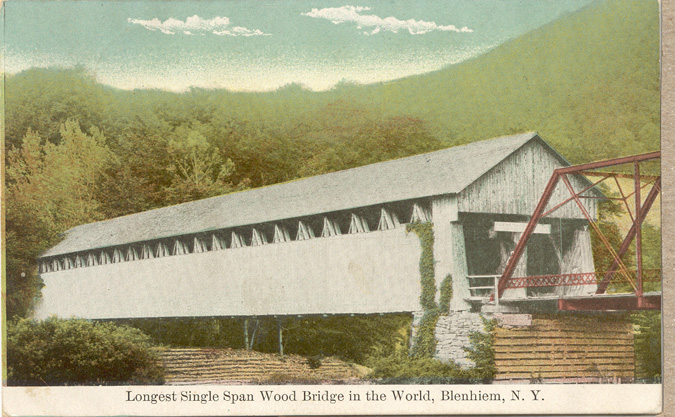
Blenheim Bridge, Blenheim, Schoharie County, NY Built 1855, washed away August 28, 2011 by floodwaters associated with Hurricane Irene
Trish Kane/Richard Donovan Collection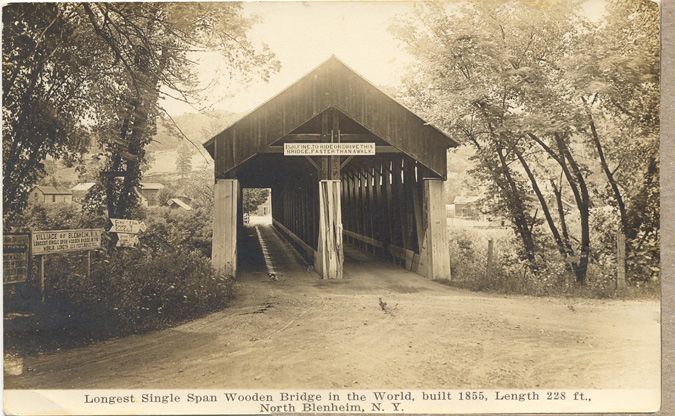
Blenheim Bridge, Blenheim, Schoharie County, NY Built 1855, washed away August 28, 2011 by floodwaters associated with Hurricane Irene
Trish Kane/Richard Donovan Collection
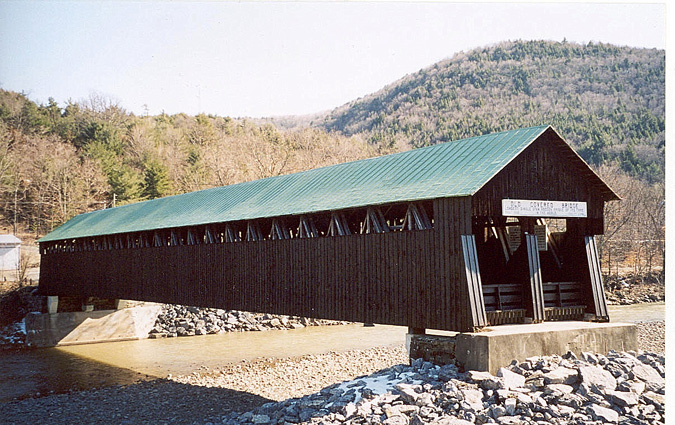
Blenheim Bridge, Blenheim, Schoharie County, NY Built 1855, washed away August 28, 2011 by floodwaters associated with Hurricane Irene
Trish Kane Photo (Mar 1998)
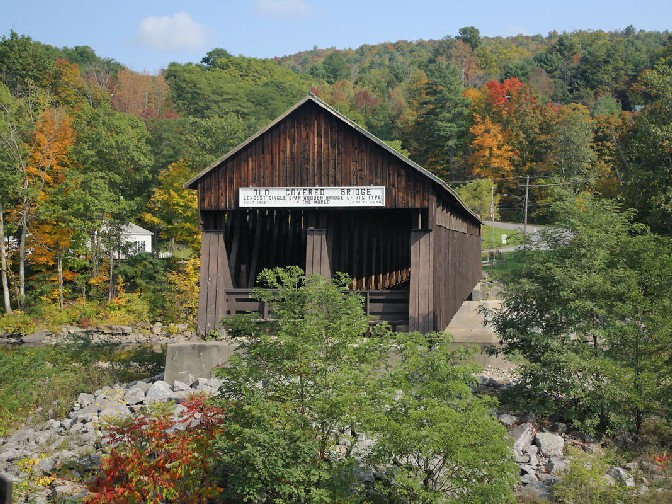
Blenheim Bridge, Blenheim, Schoharie County, NY Built 1855, washed away August 28, 2011 by floodwaters associated with Hurricane Irene
Bob Sheldon Photo, September 30, 2008
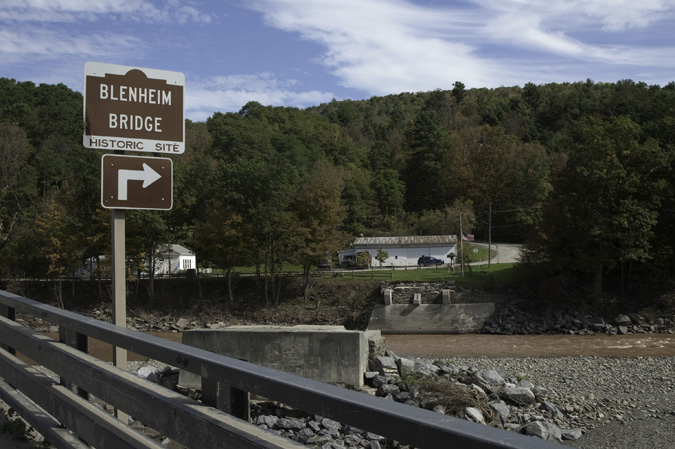
Site of Blenheim Bridge, Blenheim, Schoharie County, NY Built 1855 Destroyed by floodwaters, August 28, 2011
Trish Kane Photo, September 2011
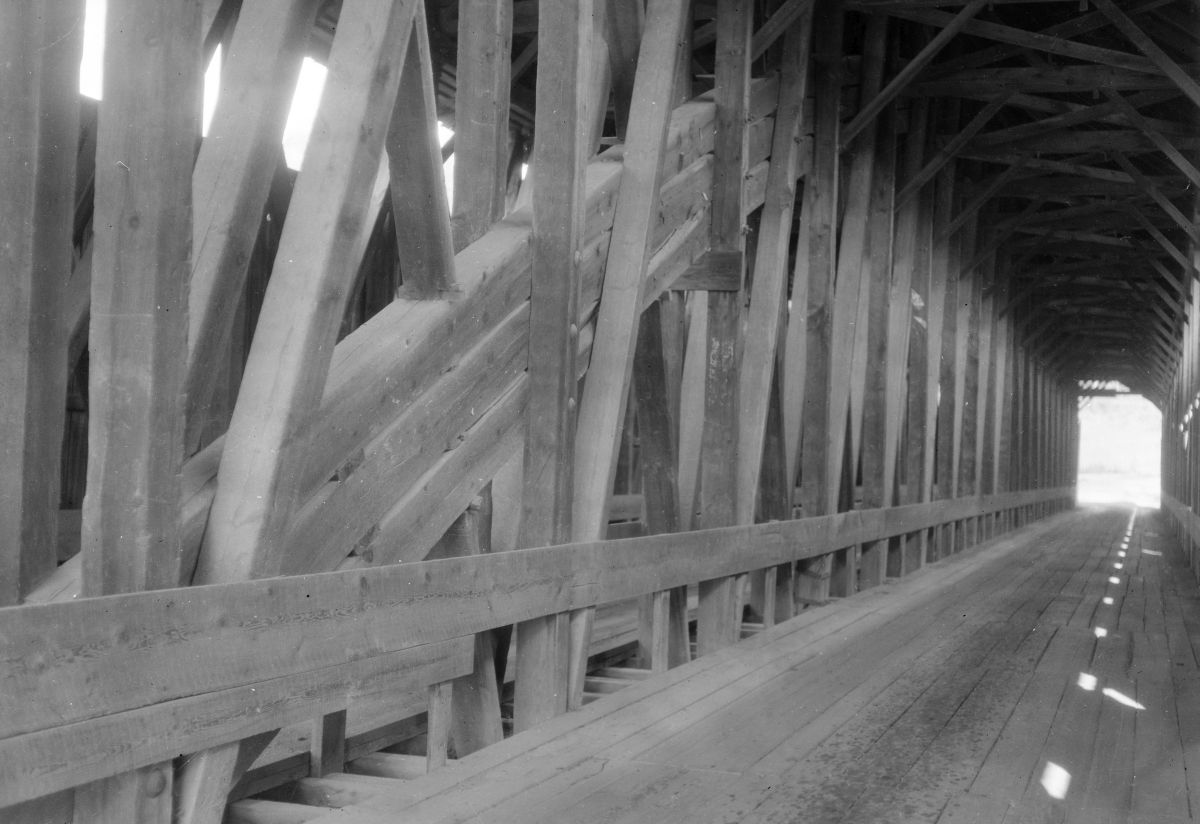
Blenheim Bridge, Blenheim, Schoharie County, NY Built 1855 Flood 28 Aug 2011
Richard Sanders Allen Collection, NSPCB Archives
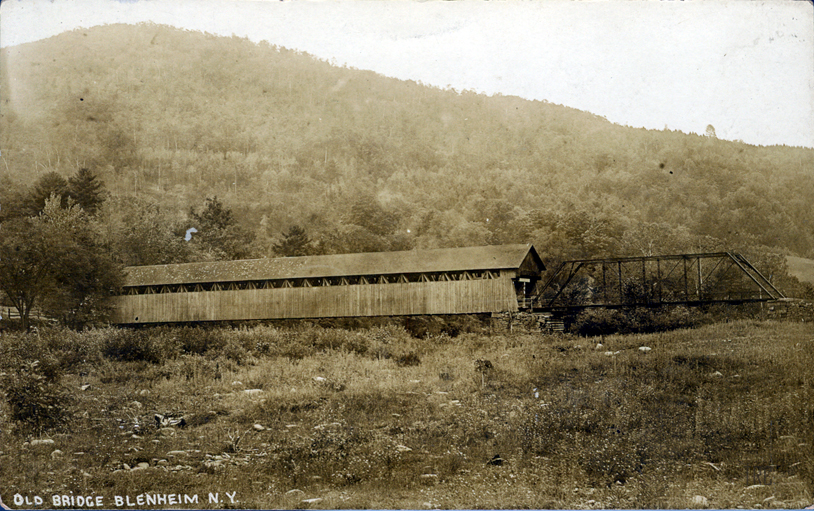
Blenheim Bridge, Blenheim, Schoharie County, NY Built 1855 Flood 28 Aug 2011
Todd Clark Collection